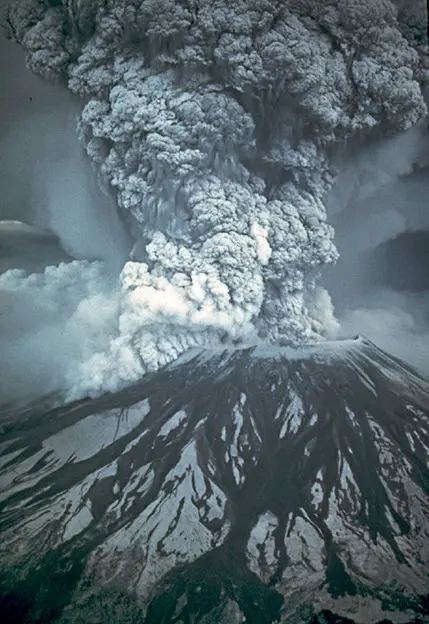The 1980 eruption of Mount St. Helens stands as a stark reminder of the raw power of subduction-zone volcanism. Unlike the gradual eruptions seen in mid-ocean ridges or hotspots like Hawaii, subduction-zone volcanoes, such as those in the Cascade Range, exhibit a more explosive nature. This is due to the thick, viscous magma formed from the melting of subducting oceanic crust and overlying continental crust, which traps gases and leads to catastrophic eruptions.
On the morning of May 18, 1980, Mount St. Helens, located in southern Washington, provided a harrowing display of this process. The eruption was so powerful that it decapitated the mountain, reducing its height by fifteen percent and spewing an ash cloud 40 miles wide and 15 miles high. This devastating event obliterated the surrounding landscape, causing fatalities and extensive damage.
The magnitude of the eruption, covering regions with ash up to five inches thick, transformed the area into a lunar-like landscape. Yet, the tragedy could have been far worse had it not been for the preemptive actions taken due to the warning signs, including a series of strong earthquakes, observed by geologists.
Mount St. Helens has since experienced smaller-scale eruptions, with the most recent activity recorded in 2008. The unpredictability of the next major eruption underscores the volatile nature of the Cascade volcanoes, a constant reminder of the dynamic forces at work along this active tectonic plate margin.

